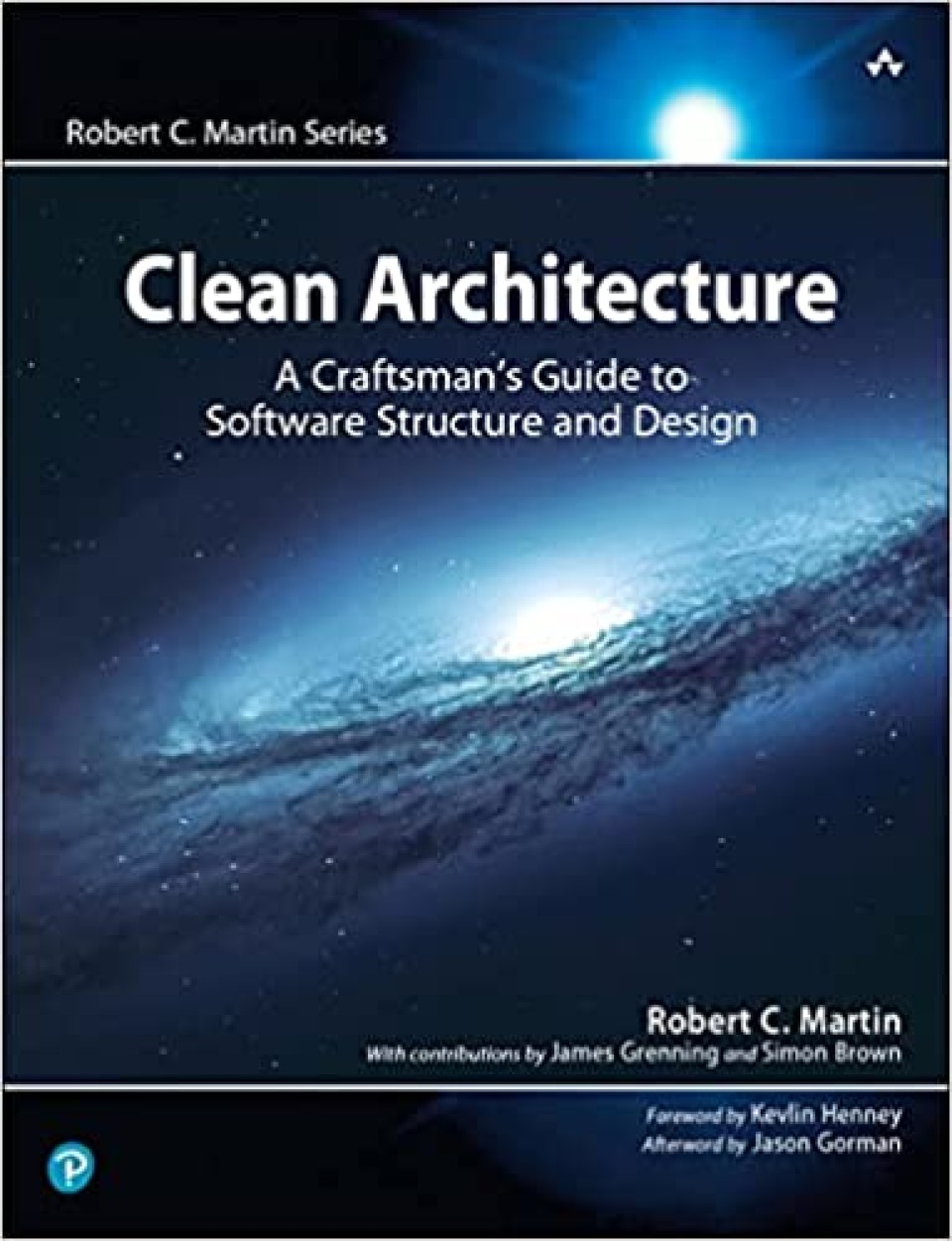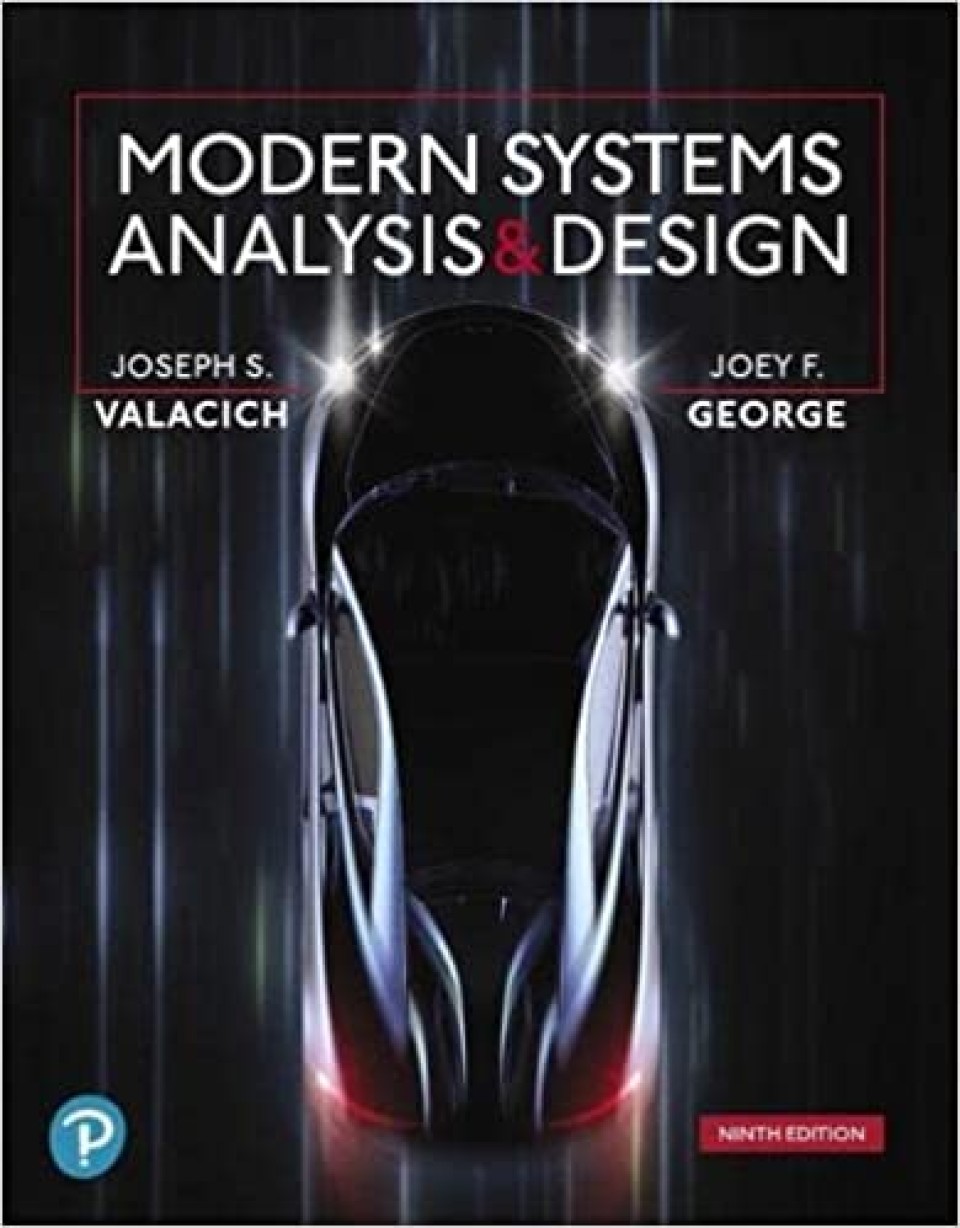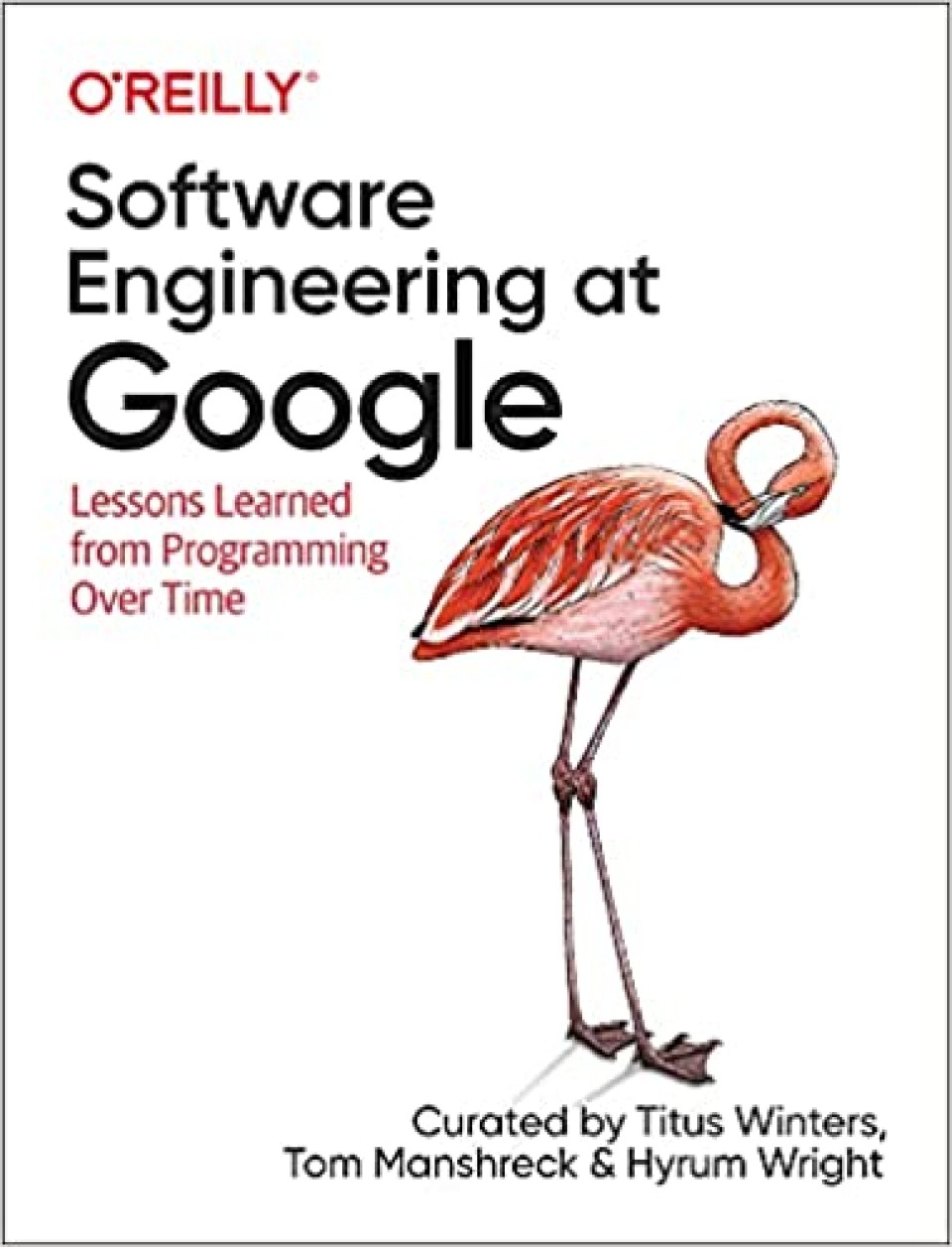How do companies build complex and large-scale applications with millions of users, like Facebook, Instagram, and Gmail, to handle large amounts of traffic and data? The answer is system design.
System design is the process of identifying the requirements of a business and its end users and finding the optimal way to design a system for this. This can include defining the architecture, components, interfaces, and how to handle data.
So whether you’re a system design beginner, an experienced developer looking to broaden your skills, or interviewing for a role involving system design, we’ve found the 14 best system design books you need to read in 2024.
Things to Look For in a System Design Book
- Real-world examples: The best books on system design include designs of actual products, including information on the trade-offs and decisions the engineers had to make.
- Relevant terminology: This is important, especially when preparing for interviews, as you must clearly explain terms during an interview.
- Diagrams & Illustrations: These can make system design concepts less abstract and help you to visualize concepts better.
The 14 Best System Design Books
|
Book |
Summary |
Pages |
|
Brief introduction to system design |
142 |
|
|
System design guide from ‘Uncle Bob’ |
432 |
|
|
Practical system design |
576 |
|
|
Tried & tested system design patterns |
669 |
|
|
Great for interview preparation |
320 |
|
|
Foundational skills for CS students |
464 |
|
|
Comprehensive guide to modern development processes |
528 |
|
|
Focus on scaling software applications |
220 |
|
|
High-level overview of data management tools |
611 |
|
|
Links theory & practice for back-end engineers |
344 |
|
|
Engineering approach to software architecture |
419 |
|
|
Learn to design modern microservices |
612 |
|
|
Insights on Google’s engineering culture |
599 |
|
|
#1 for software engineering interview prep on Amazon |
687 |
Interested in designing video games? Check out:
1. Introduction to System Design
Author: Shivam Singh
Publisher: N/A
Pages: 142
This is one of the best books for system design interviews. It provides a closer look at how popular apps are designed, including Instagram, Facebook Messenger, Dropbox, and Pastebin.
The primary audience for this book is software engineers, but founders, product managers, and venture capitalists will also find it useful.
Features
- Great for beginner software engineers
- Excellent material for interview preparation
- Relatively short system design book
2. Clean Architecture
Author: Robert C. Martin
Publisher: Pearson
Pages: 432
This book is a must-read for aspiring system designers and software architects that want to learn how to avoid typical design and architecture pitfalls from the renowned ‘Uncle Bob’.
A contender for the best book on system design, this will teach you how to write clean, readable code that is scalable. You will also learn how to use tests to improve the efficiency of your system.
Features
- Third book in the Clean series by Robert C. Martin (Uncle Bob)
- Shows how to integrate an AGILE methodology into system design
- Includes sections on testing
3. Systems Analysis and Design
Author: Scott Tilley
Publisher: Cengage Learning
Pages: 576
This is another popular system design textbook among CS students that provides a practical overview of the traditional and emerging system design trends.
If you’re looking for the best book for system design, this is a solid choice to learn via real-world examples of cloud computing and mobile applications. You’ll also cover object-oriented programing and AGILE methodologies and their role in modern system design.
Features
- Real examples of system design for the cloud & mobile apps
- Includes images & illustrations to visualize concepts
- Includes exercises to help you practice
4. Head First Design Patterns
Authors: Eric Freeman, Elisabeth Robson
Publisher: O’Reilly Media
Pages: 669
If you’re looking for software design books with tried and tested system design patterns, this is for you. Drawing on the experience and best practices of successful system designers, this is one of the best systems design books for beginners.
Being one of the ‘Head First’ series, you can expect engaging imagery and imaginative approaches to teaching the best design patterns, why and when you should use them, and how to use them.
Features
- Ideal for system design newcomers
- Focuses on object-oriented principles behind design patterns
- Presents lessons in a fun & engaging manner
- Includes lots of images to explain concepts
5. System Design Interview
Author: Alex Xu
Publisher: Independently published
Pages: 320
System design interviews can be nerve-wracking. This book will help you prepare and be confident when approaching your next system design interview by getting an insider’s perspective.
You will learn a simple 4-step framework designed to help you solve system-design interview questions. You’ll also practice designing systems for real-world apps like YouTube, Google Drive, a notification system, and more.
Features
- Great guide to prepare for system design interviews
- Includes 16 interview questions & detailed solutions
- Contains diagrams explaining how systems work
- Insights on what interviewers look for in successful candidates
6. System Analysis and Design
Author: Alan Dennis, Barbara Wixom, Roberta M. Roth
Publisher: Wiley
Pages: 464
This textbook is often assigned reading material for many computer science students. You can learn about essential system design concepts using a project-based style to simulate a real-world workflow.
This book will equip you with the foundational knowledge you need to grasp system analysis and design principles.
Features
- Academic approach to learning system design
- Case studies with in-depth explanations
- Great choice for computer science students
7. Modern System Analysis and Design
Author: Joseph Valacich,Joey George
Publisher: Pearson
Pages: 528
This book is a comprehensive and practical guide to modern development processes for systems design. You will learn how to design and implement effective systems with the help of in-depth guides on the techniques and tools you need to do so.
As an intermediate-level book on system design, you’re expected to have programming experience in at least one language before you start.
Features
- Great choice for computer science students
- Practical approach to system design
- Sections for system planning, analysis, and design
Want to boost your programming skills? Check out The Best Programming Books
8. Hands-on System Design
Author: Harsh Kumar Ramchandani
Publisher: BPB Publications
Pages: 220
This book begins with a chapter on the fundamental principles of system design before diving into in-depth lessons on essential concepts like networking, scaling databases, design patterns, and more.
This book also uses practical examples for systems design for a video streaming website, an image hosting app, a website like Twitter, and more.
Features
- Real-world problems with step-by-step solutions
- Illustrations of building scalable applications
- Great reference book for interview prep
9. Designing Data-Intensive Applications
Author: Martin Kleppmann
Publisher: O’Reilly Media
Pages: 611
Data is the lifeline of modern applications, and developers today have access to many tools for storing and processing data. This book covers the pros and cons of using relational databases, NoSQL datastores, distributed systems, and more to help you make informed decisions on choosing the best tools to manage your application’s data.
Features
- High-level overview of data management tools
- Insight on distributed systems & Big Data
- Includes theory & practical applications
- Covers best practices & principles for working with data
10. Understanding Distributed Systems
Author: Roberto Vitillo
Publisher: N/A
Pages: 344
In the era of Big Data, distributed systems have become essential. If this is something you need to design, this book is an excellent choice for learning the fundamentals of building scalable distributed systems.
This book is divided into five parts covering communication, coordination, scalability, resiliency, and testing. It also includes a section on the anatomy of a distributed system.
Features
- Suitable for beginners
- Ties together theory & practice
- Ideal for back-end engineers
11. Fundamentals of Software Architecture
Authors: Mark Richards, Neal Ford
Publisher: O’Reilly Media
Pages: 419
With this book, you will get a truly comprehensive guide to Software architecture. You will learn about architectural patterns, characteristics, components, and more.
The book contains architectural software examples in popular languages like JavaScript, Java, and C#. And it’s also filled with diagrams to help you to visualize the concepts you’re learning.
Features
- Short quizzes (with answers)
- Focuses on software architecture patterns
- Charts with star ratings for each architecture
- Section on soft skills like team management, negotiations, and more
12. Building Microservices: Designing Fine-Grained Systems
Author: Sam Newman
Publisher: O’Reilly Media
Pages: 612
The ability to divide larger apps into smaller sub-services that communicate via APIs has led to a vast growth in the use of microservices. This book will get you up to speed on the essential considerations for designing, building, and managing microservices.
You will learn the difference between traditional monolithic apps and microservices. The author also provides clear descriptions of the challenges you may face when designing microservices, including ways to overcome these.
Features
- Real-world case studies
- Section on building scalable microservices
- Covers solutions for modeling, integrating, testing, deploying, & monitoring
13. Software Engineering at Google
Authors: Titus Winters, Tom Manshreck, Hyrum Wright
Publisher: O’Reilly Media
Pages: 599
It’s no secret that Google powers some of the world’s most complex and largest applications. The book peels back the curtain of system design and engineering at Google.
Divided into three parts; the first covers Google’s unique software engineering culture. The second and third parts cover the processes and tools Google engineers use for system design. The book also explores how time and scale affect engineering.
Features
- Authored by experienced Google engineers
- Sections on unit testing and larger-scale testing
- Great choice for developers at large companies
Interested in software engineering? Check out The Best Software Engineering Books
14. Cracking the Coding Interview
Author: Gayle Laakmann McDowell
Publisher: CareerCup
Pages: 687
As possibly the most famous book on software interview prep, this book's author draws from her work experience as a software engineer at Google, Apple, and Microsoft.
If you’re preparing for interviews with system design questions, this book is a valuable tool for learning how to spot subtle hints and details in interview questions. Moreover, this can be applied to technical and behavioral interview questions.
Features
- Ranked #1 in Job Interviewing books on Amazon
- 189 real interview questions (with solutions)
- Insights on hiring processes of big tech companies
Conclusion
Learning system design can benefit software developers and engineers alongside other IT professionals like product managers, consultants, founders, and more. These skills can give you an edge in any role involving decision-making for system design.
We have found the 14 best system design books to help you get started. Whether a beginner or a professional with years of experience, these books will help you grasp the key features of systems design and software architecture.
Interested in learning more about design? Check out:
Frequently Asked Questions
1. What Do You Read in System Design?
You will learn to build efficient and scalable software by learning how to plan and make decisions that influence how software is built. You also learn various approaches to tackling problems and their trade-offs.
2. What Are the Best Resources to Learn System Design?
Focus on books written by experts who draw from their wealth of knowledge and experience. Any of the books on our list are a great starting point.
3. Does System Design Need Coding?
You don’t need to write code when designing systems. System design is the process of identifying essential system requirements and finding the optimal way to design system components, including architecture, components, interfaces, and data handling.
4. How Can I Get Better at System Design?
Learn from the best by picking and reading a book from our list. You can also explore technical blogs from companies you admire to get insights into design decisions taken by their engineers.
Excellent system design skills come with experience, so keep designing and building your own systems.

















